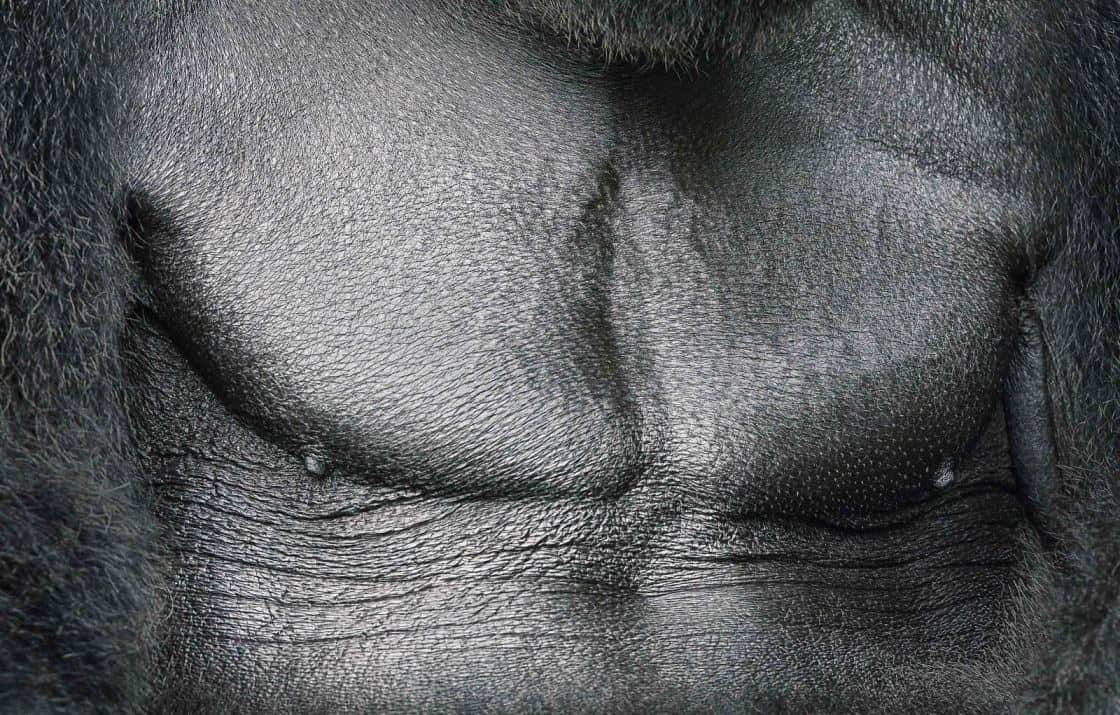
The Role Of Art In Connecting With Nature – Through The Lens Of Tim Flach
“For our own wellbeing we have to reconnect with the wild.” – Tim Flach
Tim Flach is a world renowned animal photographer. His work has been featured in local and international publications including National Geographic, The New York Times, The Smithsonian Magazine and The Sunday Times.
He’s published 5 books all focusing on a variety of animal species. He is an Honorary Fellow of the Royal Photographic Society and was awarded an Honorary Doctorate from Norwich University of the Arts.
He also has 2 burmese cats and 3 goldfish.
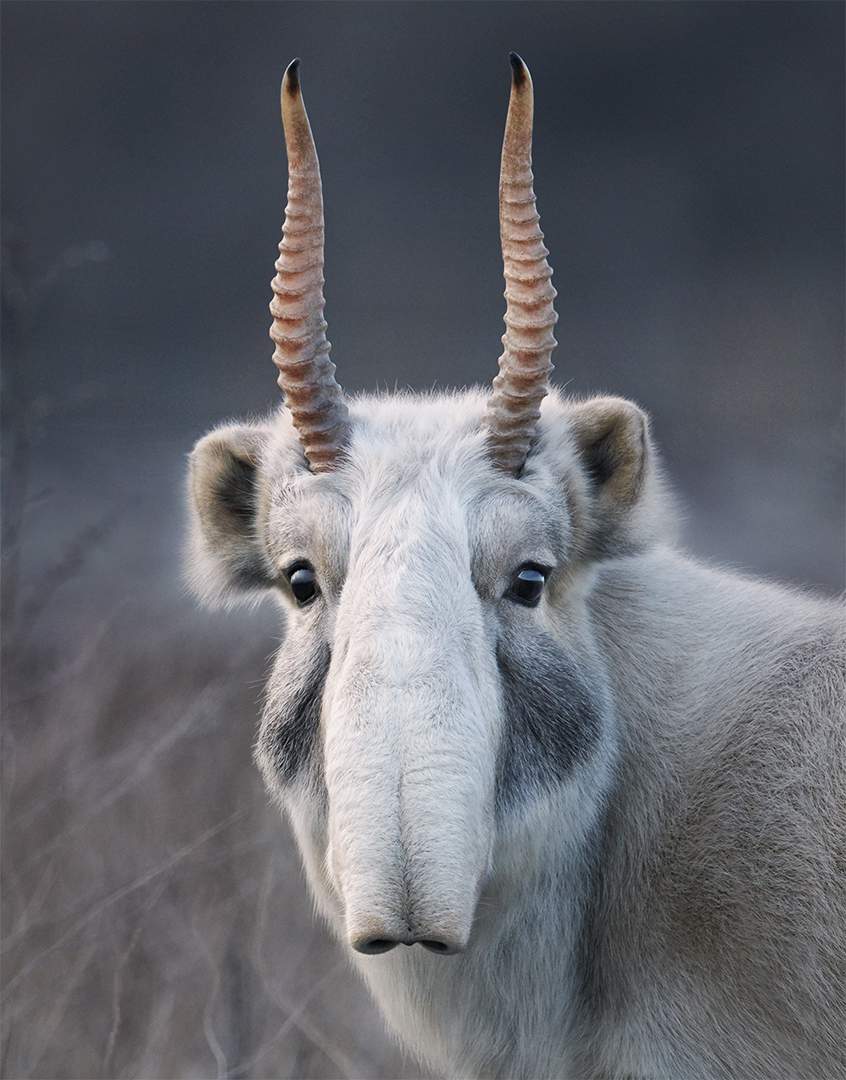
As animal lovers, Lyall and I were thrilled to visit Tim in his London based studio.
We discussed a range of topics including his evolution as a photographer and artist, his fascination with the relationship between humans and animals, the importance of connecting with nature, the role of art in communicating critical messages and his latest project, Endangered.
For us, Tim’s work invokes a sense of urgency and cements the realisation that we, as humans, need to revalue nature as our most important asset. We share below, some of our favourite topics from our conversation with Tim.
PUTTING IT INTO PERSPECTIVE: TIM’S INFLUENCES
Tim’s been taking photographs of animals since he was 18 years old but his interest with the furry and not so furry began as a child in Cornwall where he grew up admiring a plethora of fish and a variety of animal species.
He spent much time reflecting on and contemplating the conscious space between us and other sentient beings. The theme of animal consciousness has continued to influence Tim throughout his career.
Tim’s work has also been influenced by themes of kinship, anthropocentrism (the viewpoint that human beings are the central or most significant entities in the world) and anthropomorphism (attribution of human traits, emotions, or intentions to non-human entities).
His work seeks to develop connection between humans and animals by bringing animals into our world, drawing out their relatability and evolving old world views from dominance and dominion to guardianship.
Tim’s other influences include:
- Picasso and Rembrandt on the basis of their ability to use visual form in communication
- Jane Goodall and her commitment to developing ways to inspire young people to become ambassadors of the natural world
- David Attenborough who has evolved his approach to be reflective of the changing time
“We humans think we are unique but perhaps we are just human animals.” – Tim Flach
WHY IT’S CRITICAL FOR HUMANS TO RECONNECT WITH NATURE
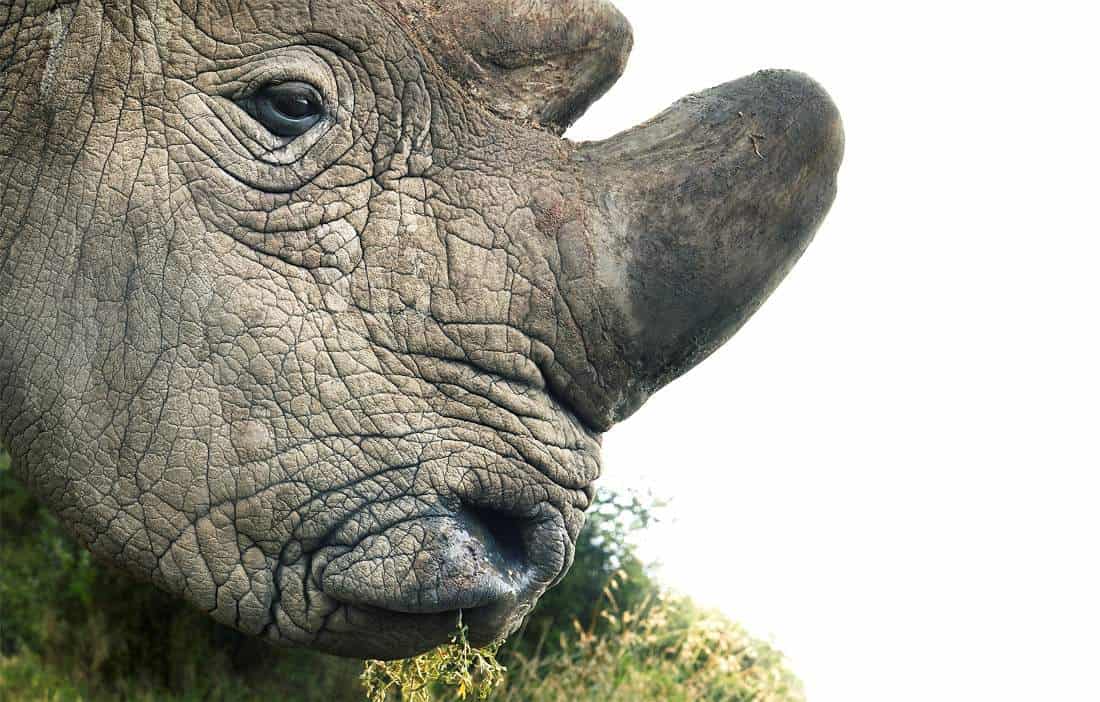
“It’s never been more important to connect people to nature – our future depends on it.” – Tim Flach
There are a number of articles and countless studies (we ran our own survey which highlights the benefits of nature walks for instance) which evidence our increasing disconnect and the criticality of connection with nature (see examples here, here and here).
This has clearly influenced Tim on a deep level.
As we talked with him, he reflected on the epoch of anthropocene (i.e. the Earth’s most recent geologic time period as being human-influenced), noting that when he was born, there were 2.5B people on the planet and today there are 7.5B. The seismic shift in population, industry and technology have changed our exposure to nature and how we view the natural world.
As Tim pointed out, young people are spending at least 7.5 hours online per day (outside of daily duties like school). This leaves very little time to connect with and understand the value of nature.
For our future generations, this is bad news – the true impact of this disconnect and the resulting decline in preservation of land and species is difficult to measure.
In Tim’s words:
“As a species, we’ve never not been with this family and this sense of kinship. We have an origin [which] is who we are psychologically, physically, spiritually, emotionally [and] is made up from those millions of years of being together.
To separate that, we do not know even to the degree of losing some of the species, the consequences on who we are as humans”.
“The most important thing we need to do is to value nature and connect people with it.” – Tim Flach
TIM’S CONTRIBUTION AND THE ROLE OF ART IN COMMUNICATING THE VALUE OF NATURE
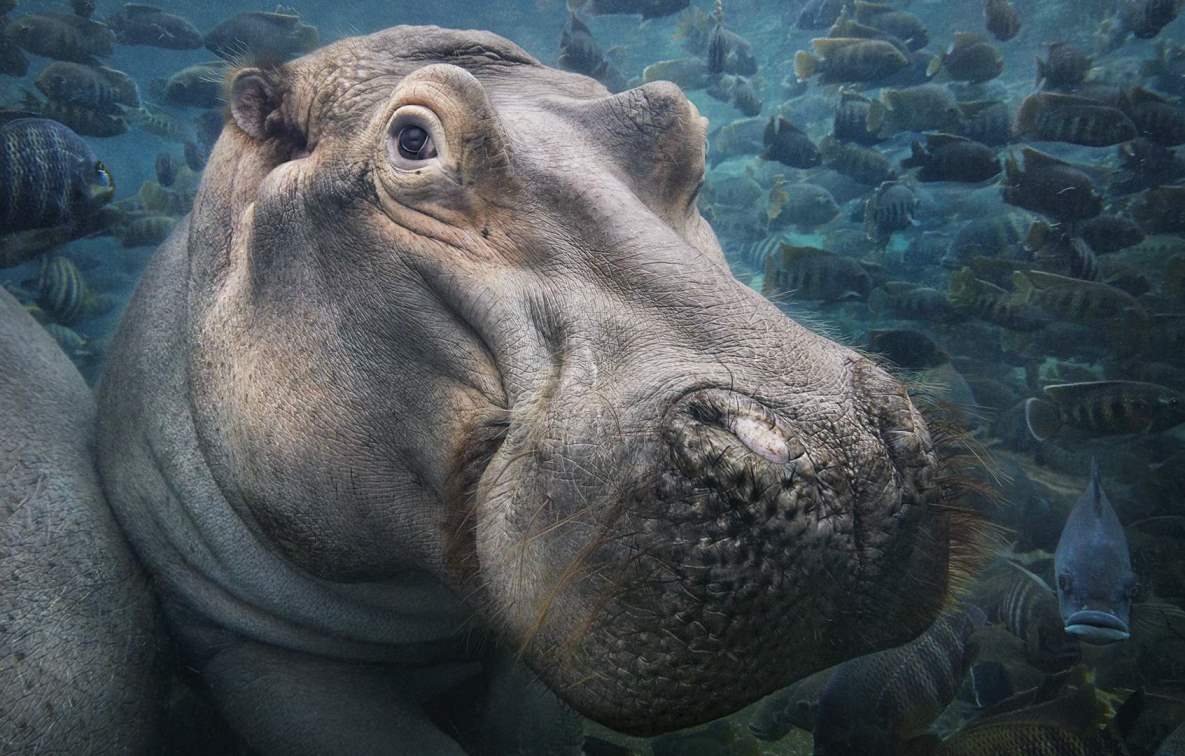
Art has always had an important role in driving change.
Tim shared two examples to illustrate the point, the first being the devastating image of Alan Kurdi’s tiny body and the resulting impact on policy and public opinion and the second being the Napalm girl. Tim’s work centers on this idea of using visual form to communicate critical issues and, in response to competing priorities for young eyeballs, serves to answer his key question:
“What is the most powerful way to connect people with nature?”.
Scientists, it seems, are finding it challenging to communicate the loss of species and the tremendous conservation challenge we face.
In Tim’s view, because art and imagery work at a subconscious level, they have an important role in articulating this message.
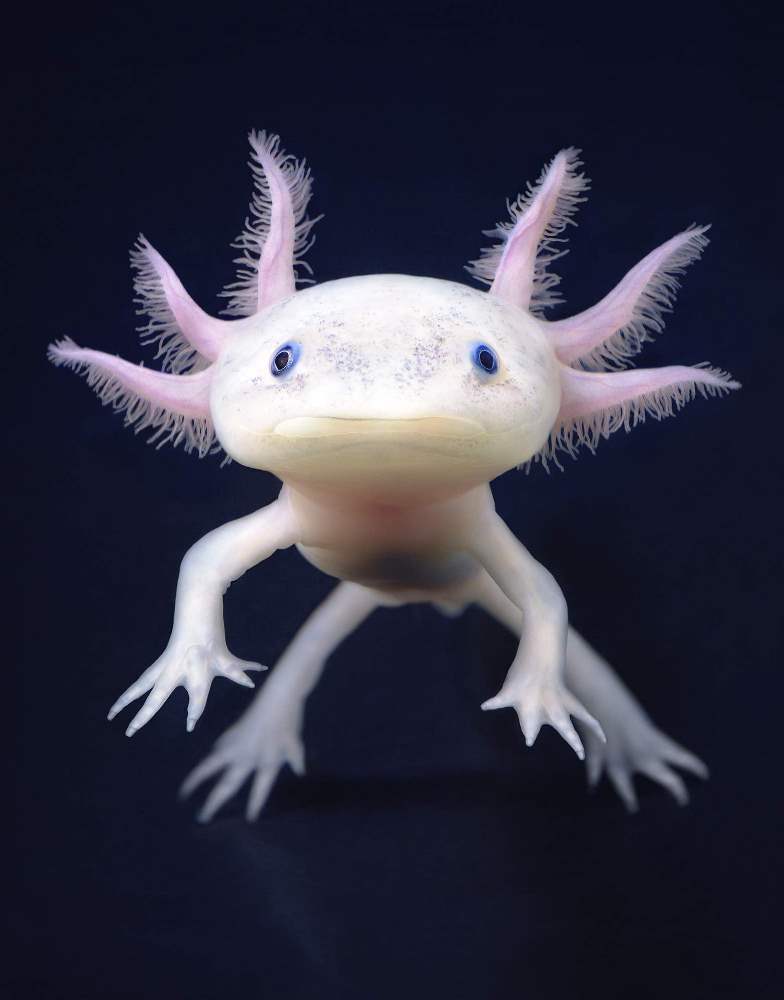
Fascinated by the neuroscience behind convincing someone to be emotionally engaged and care more, Tim references studies done on the most effective animal imagery by Linda Kalof.
In preparation for Endangered, he spoke with neuroscientists about the human limbic system, or the emotion center. As it turns out, the most important decisions we make are often made emotionally, long before either conscious logic or rational thinking step in.
That’s partially why Tim labels himself as an animal photographer as opposed to a wildlife photographer.
He explained that he prioritises a particular type of storytelling that serves to ultimately operate on our imagination and create behavioral change. His stories tell of character, personality and vulnerability and by using these attributes in his photography, he helps reconnect disconnected humans to the world beyond the living room.
Tim’s underlying ambition is not necessarily to preach to the converted but to effect change at an emotional level in the hearts and the minds of egotists.
Tim’s unique imagery serves an audience that ordinarily feels disconnected when looking at images of animals in the wild.
“The irony is that maybe the conservation movement has unwittingly created a world that separates humans and animals.” – Tim Flach
Interestingly, Tim’s preparation for Endangered also included conversations with scientists at the coal-face of conservation (e.g. the Millenium Seed Bank) to understand the global conservation priorities.
From these discussions, he was able to prioritise the 160+ images he ultimately included in the series.
These included “must-have” images that represent some of our most critical conservation problems (climate change, human animal conflict, land use change, illegal wildlife trade):
LEARN MORE ABOUT TIM AND SUPPORT HIS WORK
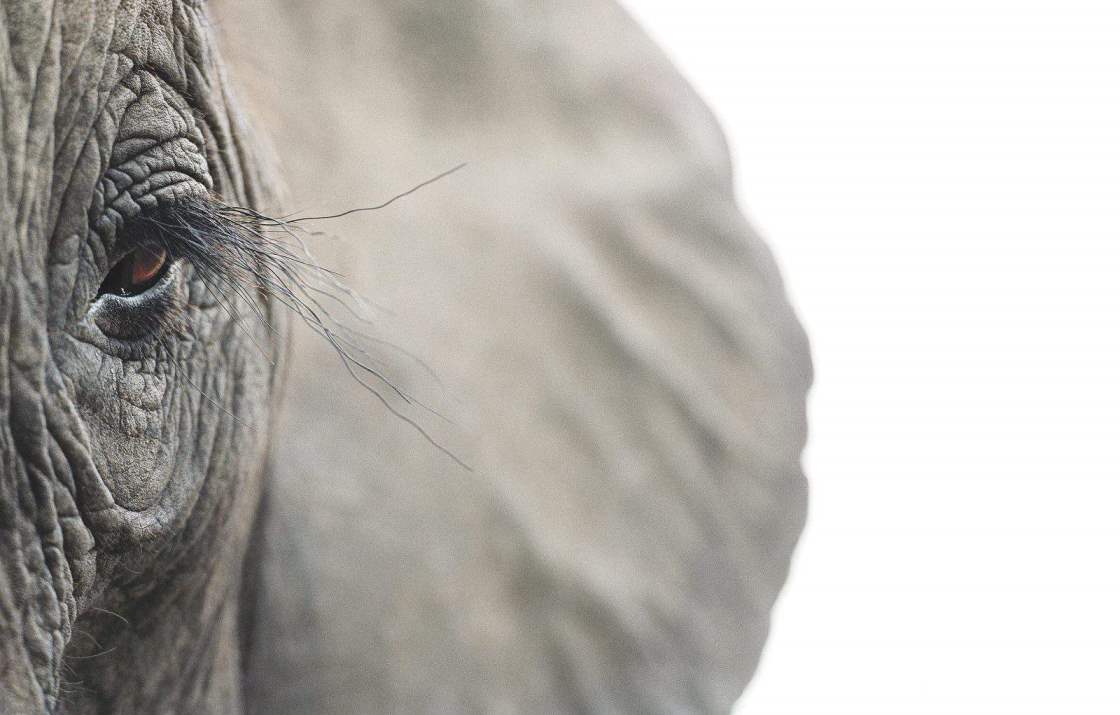
In 2018, Tim is planning to work on a series of bird images, whilst continuing his experimentation with bridging the gap between science, neuroscience, sociology and art. He aims to share some of these tools and learnings with other practitioners so as to bring the right messages to viewers.
In our view, Tim’s work is truly spectacular and more than worthy of support.
You can find out more about Tim and his work on his website and all the socials:
Tim’s books are available on Amazon (but first check your local bookstore ):
Our favourite images from Endangered:
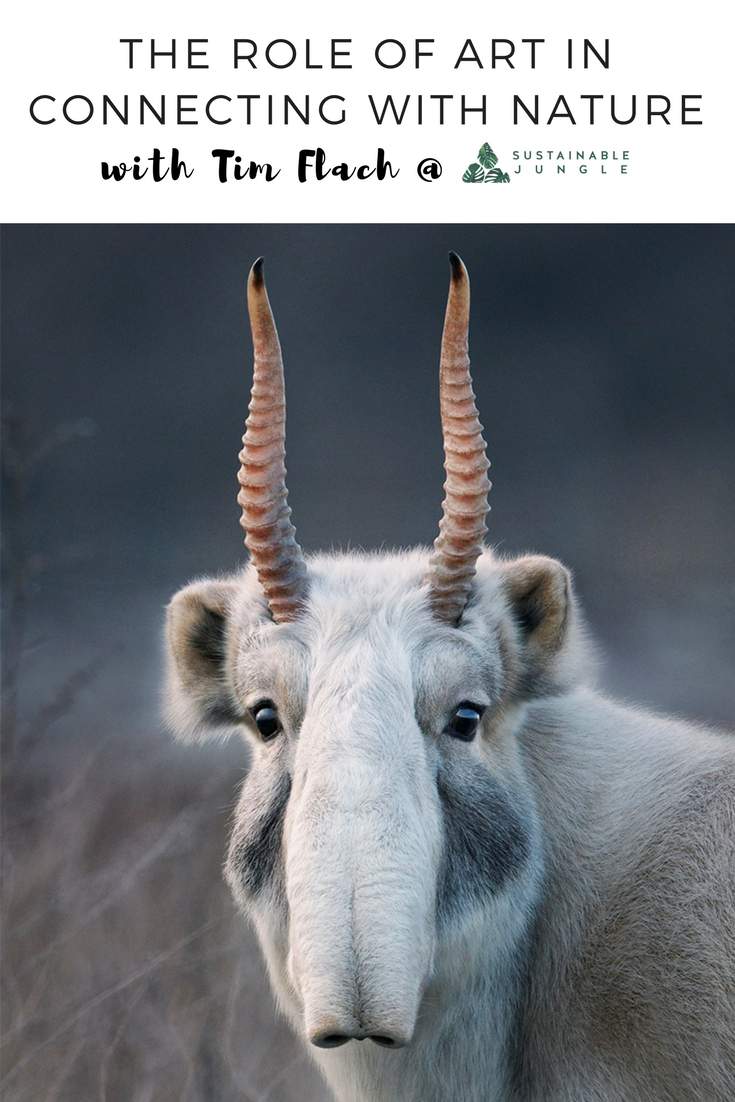

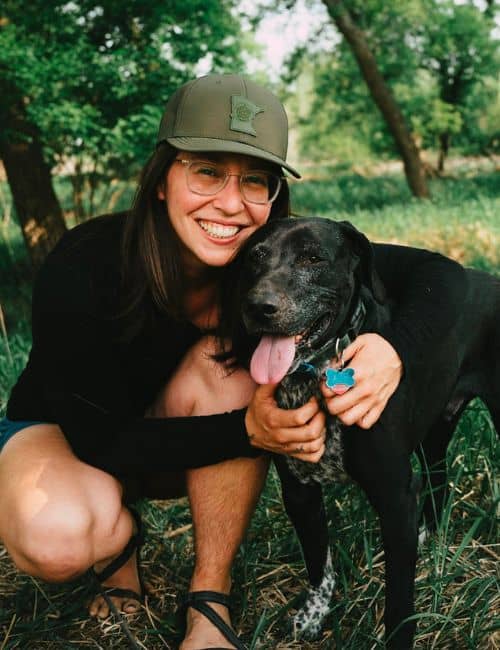
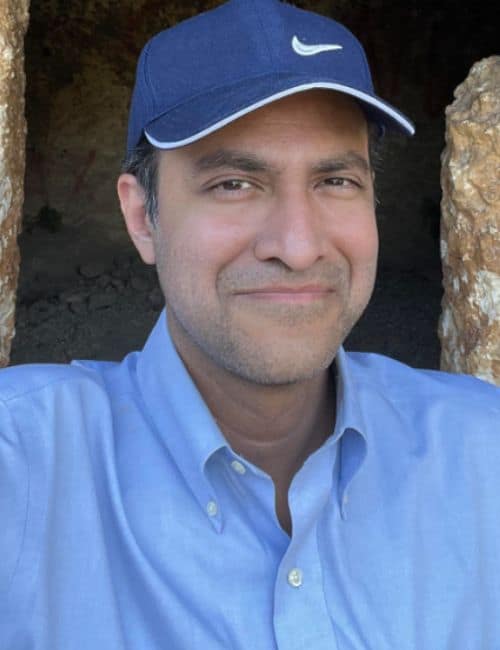
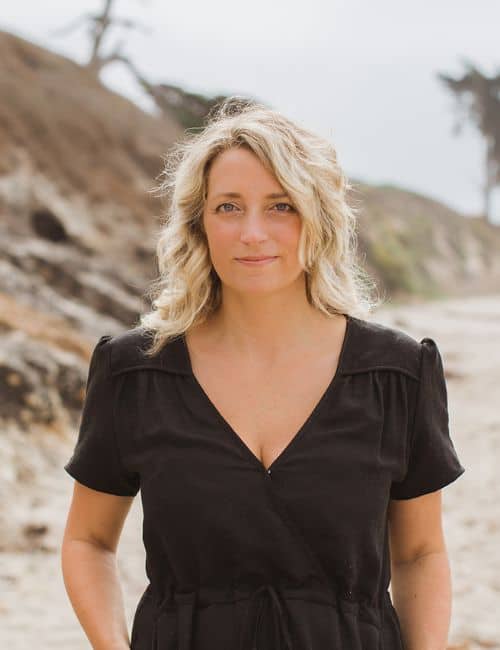
Amazing article. Keep it up!
Thank you Aaron!
Awesome, important article and absolutely breathtaking photos!
Thank you Sophie!